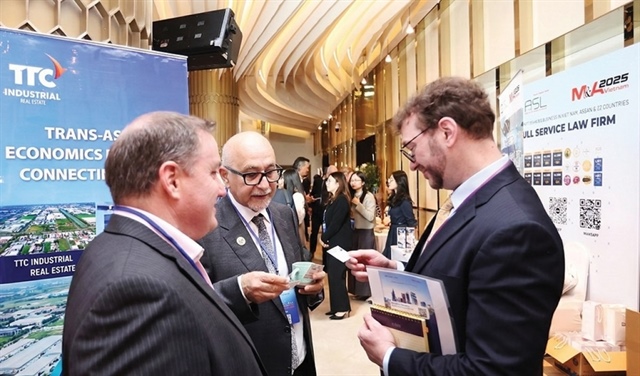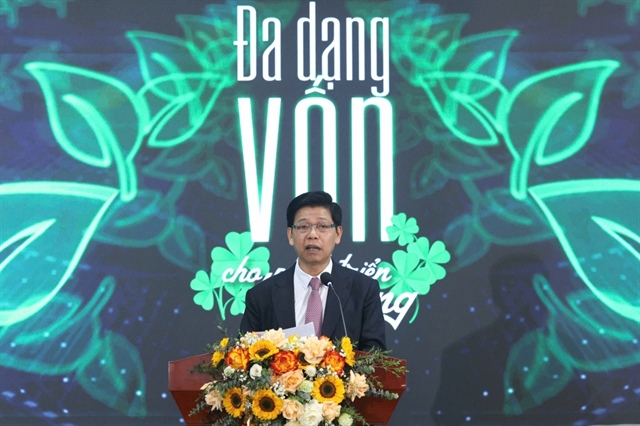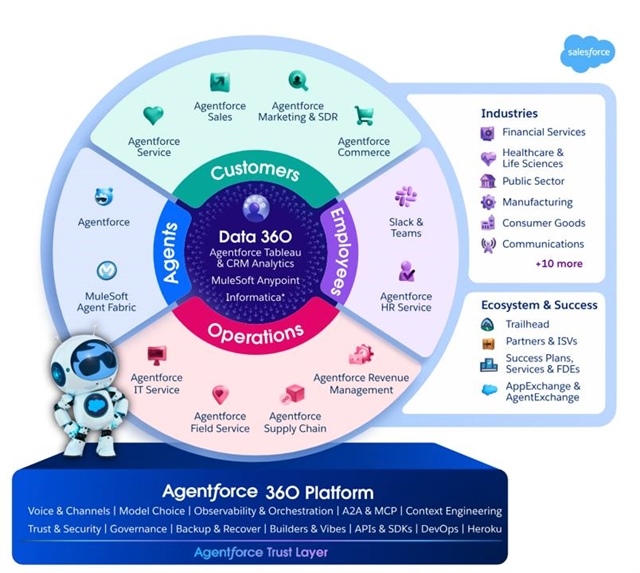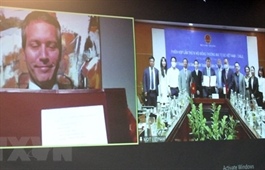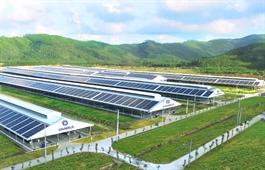Growth within reach for local groups with M&A nous
Growth within reach for local groups with M&A nous
As Vietnamese companies are becoming more experienced in mergers and acquisitions, Samuel Son-Tung Vu, partner at law firm Bae, Kim & Lee Vietnam, talked with VIR’s Thanh Van about the robust participation of local players in dealmaking.
What is the current capacity for Vietnamese players in conducting mergers and acquisitions (M&A) and who are carrying it out correctly thus far?

Samuel Son-Tung Vu, partner at law firm Bae, Kim & Lee Vietnam
|
Through the recent deals, increased confidence in expansion of business can be seen in Vietnamese players. Domestic groups have started to have clear visions and long-term development strategies, to understand the missing factors for sustainable business and consolidate their position in the market.
Vietnam Dairy Products JSC’s (Vinamilk) continuous M&A deals are an example. Vinamilk seems to clearly have an effective M&A strategy, step by step entrenching its market dominance. Firstly, the deal for Vietsugar in 2017 helped Vinamilk gradually improve its supply chain and proactively source raw materials for production in order to stabilise product costs when reaching consumers.
Next, with the M&A deal of GTNfoods in 2019, Vinamilk gained economic benefits on a large scale. Through restructure of GTNfoods, Vinamilk acquired large grazing areas in the north. This was a springboard to cut down transportation costs for Vinamilk products from other areas to reach larger areas of Hanoi and its vicinity. At the same time, it helps Vinamilk diversify products and create a distinguished market share according to different customer segments.
Vinamilk understood that instead of competing and kicking its competitors out of the market, solidarity and cooperation to grow together is a long-term strategy for sustainable development. With a firm dominant position in the domestic market, Vinamilk now has strength and advantages when seeking for overseas development opportunities and market expansion.
Furthermore, the market has witnessed some major players growing both vertically and horizontally by approaching different sectors. This shows the long-term vision in developing not only in a specific sector but also in a comprehensive manner to become a conglomerate.
Some Vietnamese businesses have failed to make successful M&A deals. What are some of the roadblocks hindering local dealmakers?
First would be the valuation of targets. Valuation gaps between the buyers and sellers are uncommon, as sellers tend to be over-optimistic about their companies. This gap can easily become a deal breaker if parties cannot negotiate and compromise. To properly value the target, investors not only assess the target’s finance status on the books, but also assess brand value as well as production and distribution channels of the target’s product. This helps investors comprehensively determine the potential benefits that the M&A will bring.
Second is the balancing of interests for different groups of stakeholders within the business. The groups of stakeholders in a company consist of major shareholders and minority groups; state and private shareholders; and domestic shareholders and foreign shareholders. These groups have different rights, interests, and development strategies, so it can often be a challenge to balance the interests between these groups.
What needs to be improved in order for local groups to avoid any failed deals?
Firstly, on the buyer side, Vietnamese investors should understand the needs of the market, identify lacking factors, develop a long-term market expansion and M&A strategy, seek suitable targets which can create a synergy for both buyers and sellers, appraise them thoroughly, and properly assess the potential return on investment and level of risk before conducting an M&A. These allow the buyers to fully prepare themselves before partnering with other companies or taking over a new business.
On the seller side, they should evaluate their intrinsic value and potential properly to avoid overpricing and breaking the deal. Secondly, the parties should be ready to negotiate and compromise to balance interests, considering it as the core value of mutual development, not defeating each other.
What are the upcoming trends of M&A market among Vietnamese companies?
Overall, as Vietnam seems to be containing the pandemic well, I believe we are likely to see more M&A activity in 2021. For state-owned enterprises (SOEs), 2021 also marks the beginning of a new government which will be the driving force for stronger divestment and equitisation of SOEs, creating opportunities for private groups to make investment in those SOEs. In addition, with favourable political conditions and economic environment, along with the recovery of the global economy, the cumulative investment opportunities for Vietnamese companies over the last two years can be released this year and next.


